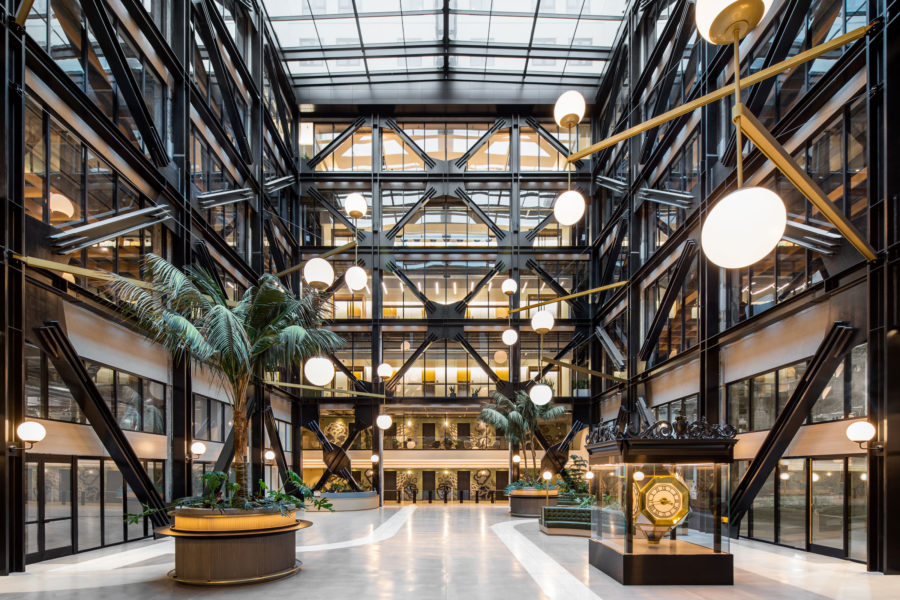The concept of passive house design is gaining prominence among homeowners and real estate developers who are eager to embrace more sustainable practices in home construction. This tutorial will guide you through the essentials of designing a passive house, which not only benefits the environment but also reduces energy costs significantly.

Understanding Passive Houses
Before diving into the design specifics, it’s important to understand what a passive house actually is. Essentially, a passive house is a standard for energy efficiency in a building, reducing its ecological footprint. It results in ultra-low energy buildings that require minimal energy for heating or cooling.
Why Choose Passive House Design?
Choosing to design a passive house brings multiple advantages. Key benefits include reducing energy consumption, lowering utility bills, and improving indoor air quality. Passive homes are built using high-quality materials and advanced technology to ensure that the home maintains constant temperature and humidity levels.
Key Principles of Passive House Design
The cornerstone of passive house design includes several fundamental principles:
1. Thermal Insulation
Effective thermal insulation is crucial in preventing heat loss. High-quality insulation materials are used on all components of a building’s envelope.
2. Passive Solar Design
The design utilizes natural sunlight to heat the building, minimizing the need for artificial heating and lowering energy costs.
3. Airtight Construction
Building envelopes are made airtight to keep wind from penetrating, thereby avoiding unnecessary heat loss.
4. Heat-recovery Systems
Mechanical ventilation with heat recovery systems provides fresh air and reduces the need for additional heating or cooling.
5. Passive Cooling Techniques
This involves strategic design decisions including window placement and shading to naturally cool the building.
Steps to Designing a Passive House
Interested in transforming these principles into reality? Follow these crucial steps:
1. Initial Planning
A thorough site analysis identifies optimal building orientation and secondary design considerations such as landscaping.
2. Design Phase
Create detailed specifications, taking into account materials and design elements necessary for optimal performance.
3. Construction
Adopt a collaborative approach with builders and architects familiar with passive design principles. Strive for precision to ensure that design specifications are strictly adhered to, minimizing the risk of inefficiencies.
4. Quality Assurance
Rigorous testing processes, including blower door tests, ensure components perform as desired and adjustments are made as required.
Common Mistakes in Passive House Design
Avoid pitfalls like inadequate planning or insufficient thermal insulation which can undermine efficiency outcomes.
Environment and Economic Benefits
Successfully implementing passive house design leads to robust ecological and economic dividends, including significantly lowered carbon emissions and decreased utility bills.
Environmental Impact
With much lower energy consumption, passive houses contribute significantly to reducing carbon footprints and fostering a more sustainable future.
Economic Advantages
The long-term reduction in energy costs, combined with possible government incentives for adopting green housing solutions, means that an initial investment in a passive house can ultimately translate into financial savings.
Real-world Examples
A multitude of passive house projects are making waves across the globe, paving the way for sustainable living. Visit What is Green Construction? to explore successful case studies.
Who Can Benefit?
From individual homeowners to commercial developers, anyone vested in the future of sustainable building practices stands to gain. Whether its new construction or remodeling, passive principles are adaptable.
Conclusion
Embracing the principles found in this passive house design tutorial prepares you to contribute to a more sustainable future. As more people adopt these principles, we move closer to widespread change that benefits individuals as well as our planet.
Further Reading and Resources
Explore more tips on green construction at sustainable building best practices.

FAQs
1. How much does building a passive house cost?
The cost can vary widely depending on location and design specifics. Typically, you can expect to see a 5% to 10% increase over standard construction costs, but these are offset over time with reduced energy bills.
2. Is a passive house suitable for all climates?
Yes, passive house standards can be adapted to various climatic conditions. Design considerations will naturally change to fit a regions specific environmental challenges.
3. Can existing homes be retrofitted to meet passive house standards?
Absolutely! Retrofits are possible, though they can be more complex and expensive than new builds. Consult with experienced professionals to evaluate feasibility.
This article contains affiliate links. We may earn a commission at no extra cost to you.



